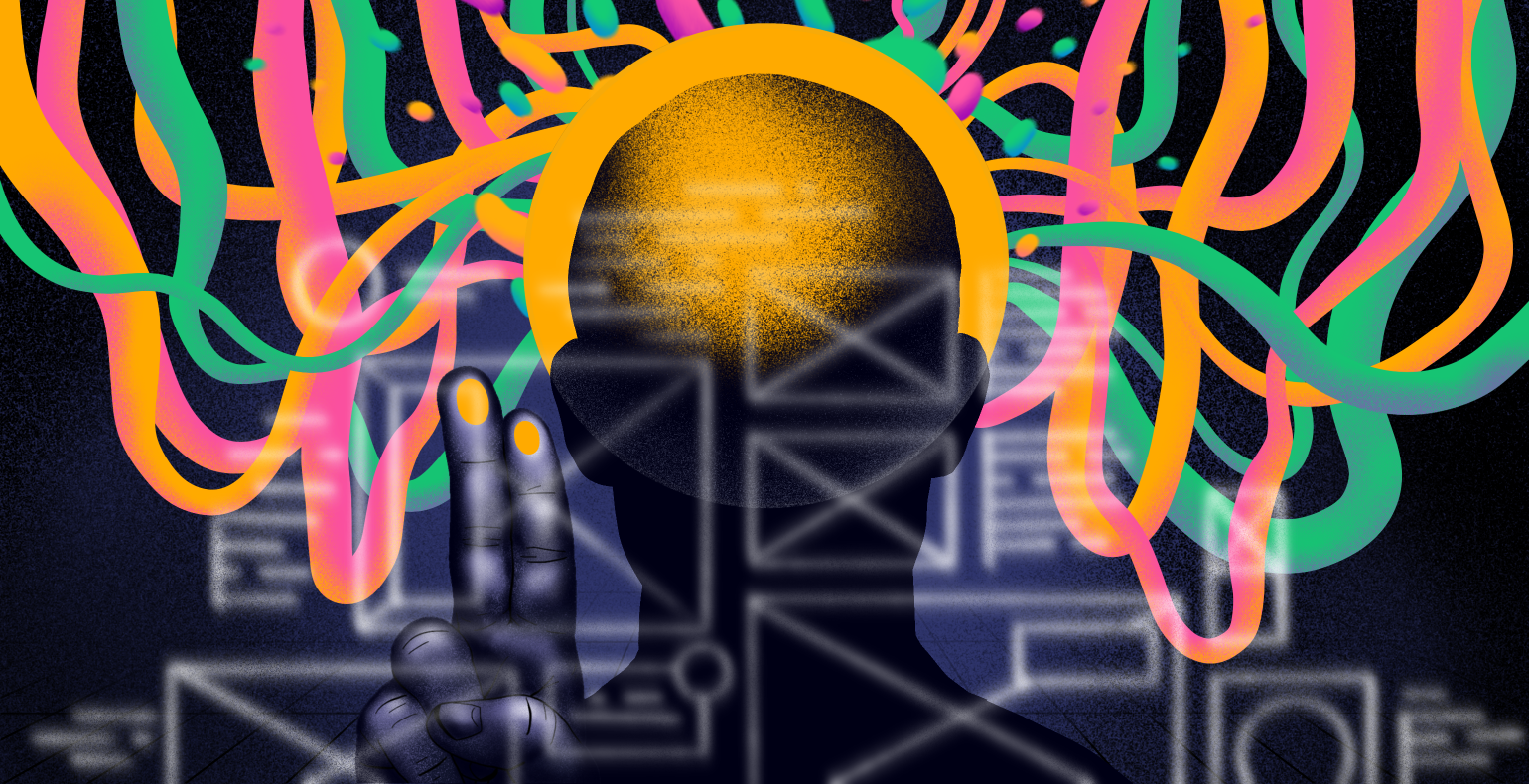Neuro-UX, or: what do I really think of your product?
Did you know that the price of the products you are buying influences the part of your brain that feels pain? Next time you go out to buy a new mobile phone you may analyse yourself — what does it feel like when you are looking at the cheaper phones on the lowest shelf and how does it feel to hold the newest and most expensive device in the store?
PAYING AFTER USE IS MORE PAINFUL
Studies have shown that people enjoy paying prior to receiving a product or service and like to purchase items together if they belong in a set. Paying after using the product or service and paying separately for items that belong together has a negative effect—the financial loss is felt more intensely.
Take the old school taximeter, for example. From the corner of my eye, I can see how the taxi bill is adding up even while waiting behind a traffic light. In my head the taximeter is still ticking even once I have stepped out of the black luxury car, having paid twenty euros and refused the change out of anguish, because what use is a dozen cents to me after paying so much for a couple of kilometres. Similar levels of ’pain’ can be felt, for example, while eating maki sushi rolls, every bite of which has a price tag on it.
PRODUCT DESCRIPTIONS WITH POSITIVE ASSOCIATIONS ARE BOUGHT FASTER
Neuroscience has also helped to detect fascinating trends in e-commerce. People’s attention is limited online and we are influenced by different cognitive biases. Depending on whether a product description is positive or negative for a customer, information is analysed and a purchase decision is made. Studies have shown that if the product description has negative associations for the customer, the products attract significantly more attention initially, but also create a cognitive conflict, which complicates making the purchase decision. Purchases are made faster and more frequently if a customer has positive associations with product descriptions.
WHAT IS NEURO-UX?
Neuroscience or cognitive science studies the brain—how it works and what influences it. Neuro UX may be defined as using cognitive neuroscience in designing the user experience. Neuro UX may also be called cognitive research and it can be used for strategic planning. Neuro UX is a tool for understanding how to make design and user path choices, how to learn more about the user base of your product or service, and how to assign resources to the right target group. The heads of companies often have a certain understanding of their user base that does not necessarily match reality. What people say might not be what they are actually thinking and that can be measured with the help of brain waves.
WHY USE NEUROSCIENCE IN UX DESIGN?
Knowledge of neuroscience and the methods of neurological research can be used to create more effective online environments, better products and contribute to customer satisfaction. Neuro-UX methods help companies find the factors that repel or confuse users. Furthermore, these technologies can be used to test which solutions could create enjoyment and offer positive excitement. The techniques of neuroscience are useful in measuring emotions and reactions in an accurately timed way with regards to the specific critical aspects of your product or service that might not be identified by user tests and focus group interviews.







